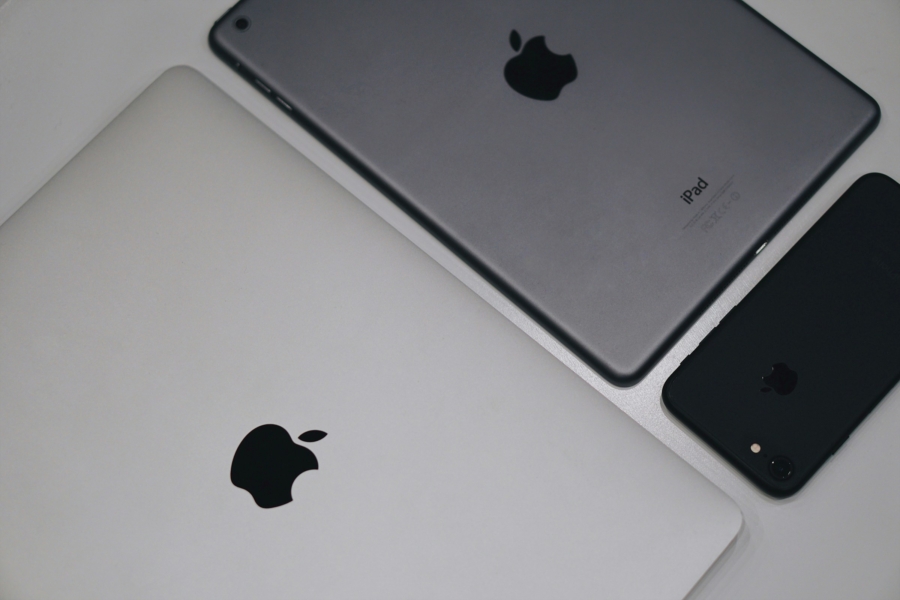Apple to Streamline Its OS Naming in 2025
It’s that time of the year for Apple’s product announcement: WWDC. We already know the California-based company will announce new OS with some witty jokes, but we’ve already seen two major issues with annual release cycle: one. the supposed major update is no longer significant enough, and two. the aside from macOS, all of the iOS and its variants have inconsistent numberings.
iOS 18 and macOS 15 started off as the “Apple Intelligence” update, but neither has been successful in claiming the title. Though there are niche features people do use, I believe the general consensus behind the Apple Intelligence is that it falls behind in comprehending and generating large block of texts. If we start counting back year by year, version by version, it begs the question if separate numbering — separate from the calendar year, from each other — serves any real purpose.
Besides, the supposed major updates are now delivered in the same fashion as minor updates, over the air. It’s only a question of having to wait for 10 minutes or 15 minutes to install. Back in 2000s or early 2010s, we used to do major upgrades from optical drives after the purchase of the new operating system. User experience wise, calling it a major update and dedicating a product number are merely a tradition at this point.
As for the numbering chaos itself, good grief, there’s a lot to unpack. Let’s start from macOS. Currently macOS versions have two identifiable names: the location and the number. The location is the long standing tradition since the Macintosh era, only that it had shifted from big cats to places in California. Same is with the numbers; Apple only dropped OS X since Big Sur in 2020. It’s impossible to figure out chronological order of these versions without looking at a chart.
When it comes to the iOS variants, Apple did the right thing not naming them after cat breeds or other animals, instead kept it simple. The tragedy is in the details, however. With four more variants, iPadOS, watchOS, tvOS, and visionOS, there are two numbers to track of — watchOS and visionOS have their own numberings. Also let’s not forget Apple does have other rumored and projected operating system releases, such as homeOS, targeted for HomePods. Even though they share the framework, for some reasons, the end users have to keep track of which number for which OS was released at which year.
The newly rumored numbering system is identical to many automakers and smartphone manufacturers are doing now — follow the calendar year. The rumor has it, the new OS to be released in coming WWDC will have 26, possibly after the auto industry practice. It would definitely help with the problems that is keeping track of legacy versions names, but I do wonder if Apple would change its name scheme for physical products as well for future release, iPhone 26 for example.
